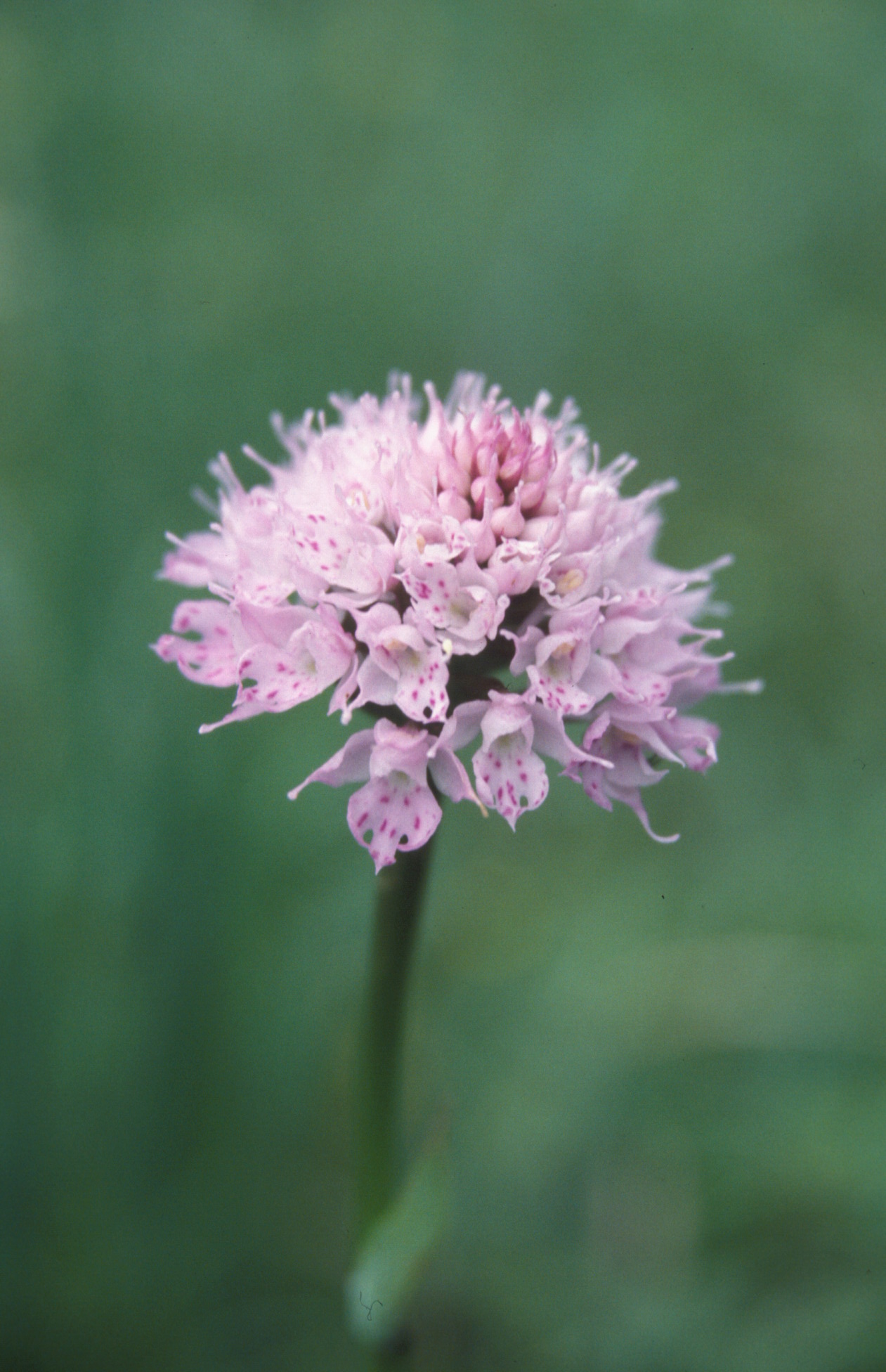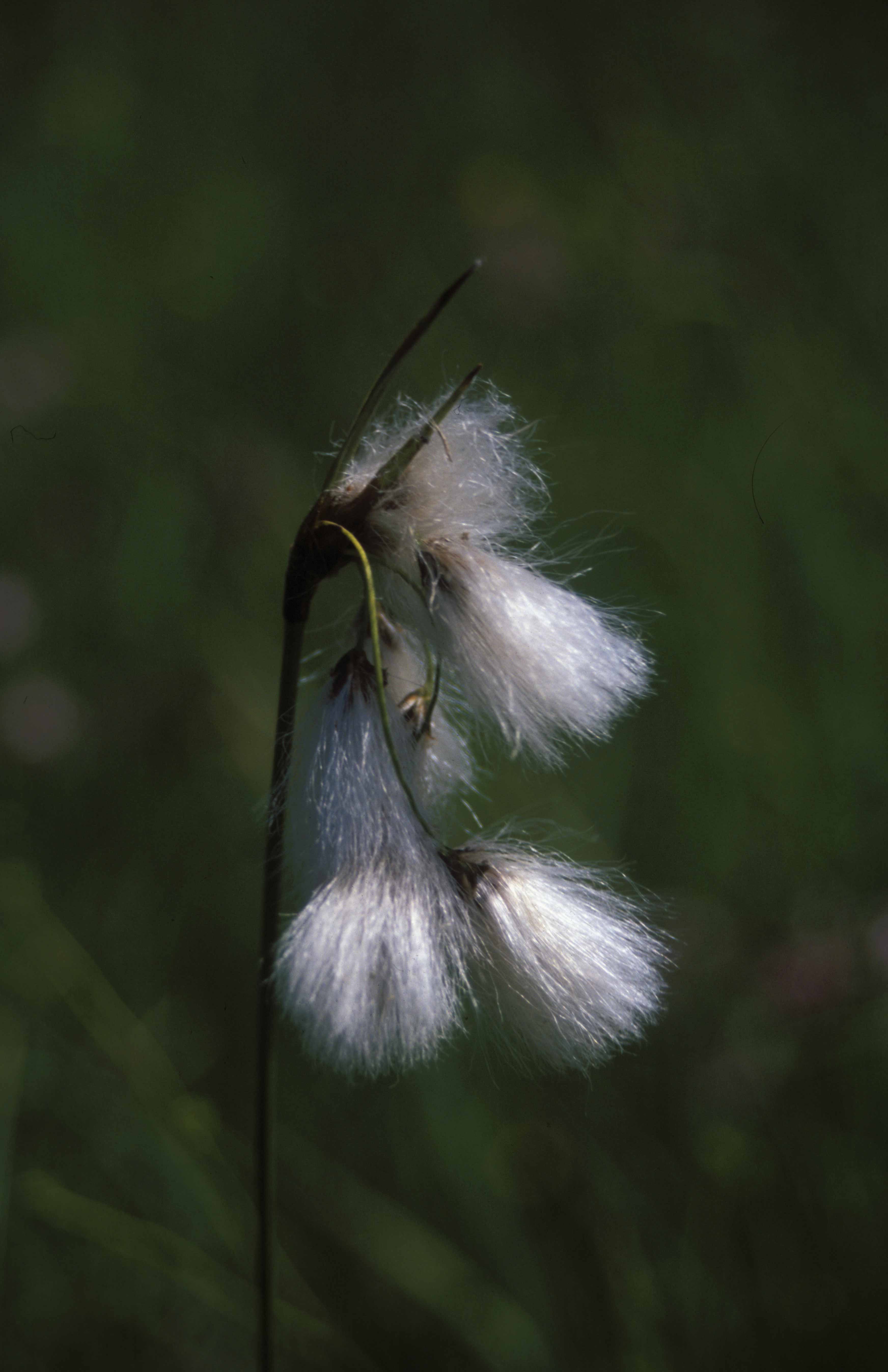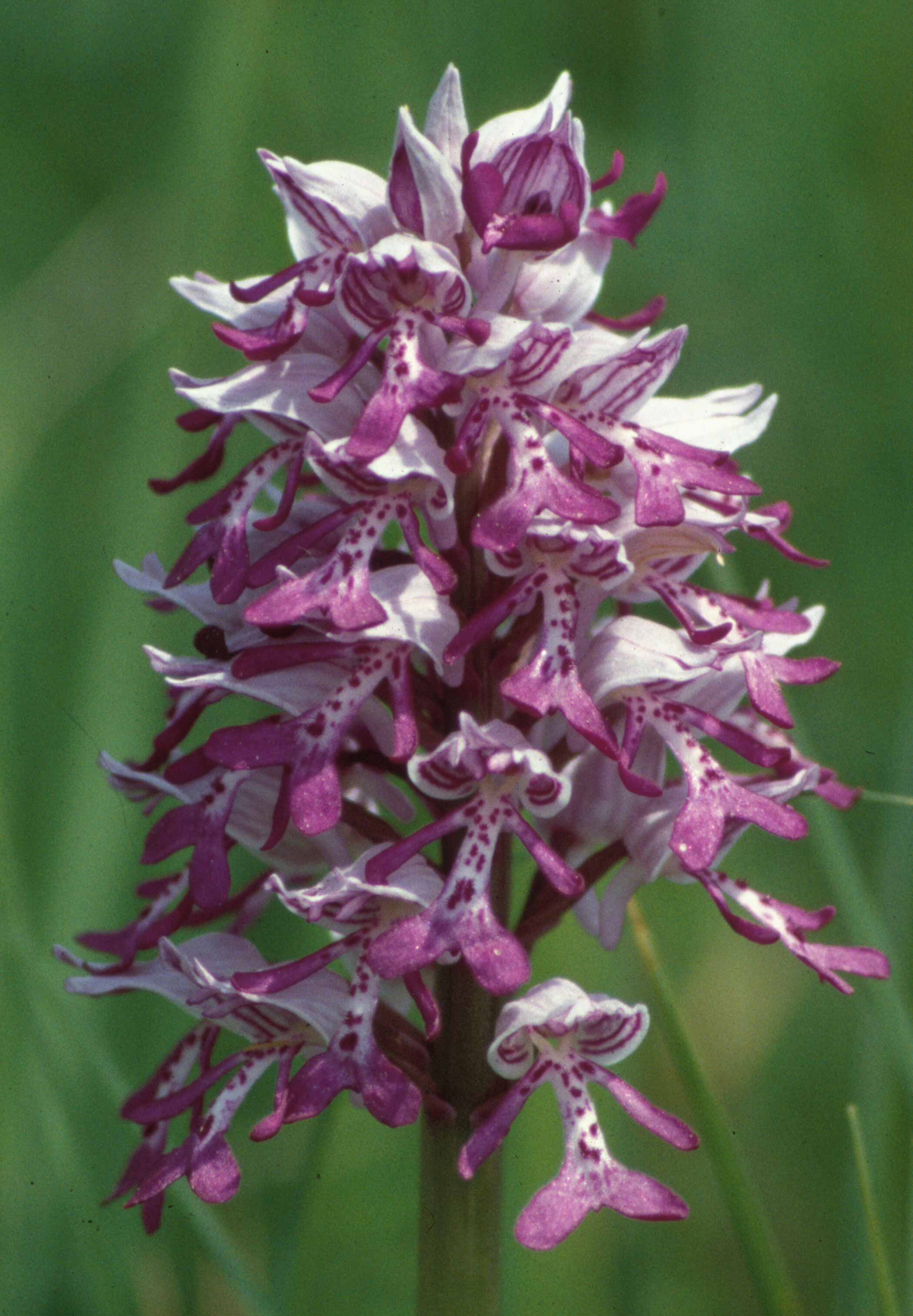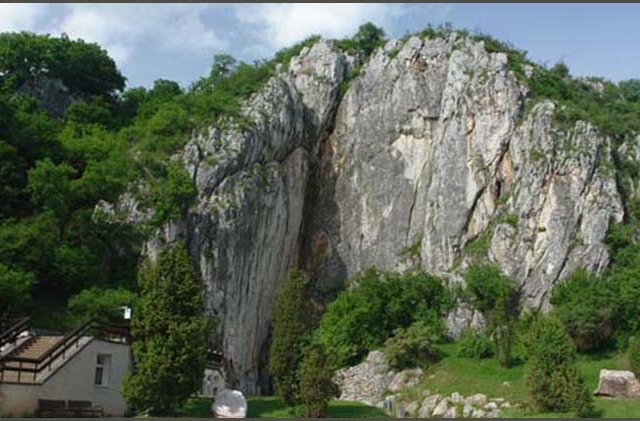 The Flora of Aggtelek National Park
The Flora of Aggtelek National ParkWithin the Aggtelek Karst and Cserehát Region, one encounters a mosaic of mountain flora. The great diversity is due to a combination of the unique karst geology and topography, and the extreme micro-climate conditions.
Due to the proximity of the Carpathian Mountains, many more types of mountain vegetation are represented than would be normally expected in a predominantly hilly landscape. Small islands of unusual northern mountainous flora dot the terrain. However, at the same time, the dry, hot, steep, south-facing hills create a more Mediterranean climate, where one finds flora strongly more consistent with the continental forest steppes.
The vegetation of Aggtelek National Park can be divided into two separate parts along the line of Aggtelek - Teresztenye - Perkupa. North of this border one encounters the unique karst flora typical of vegetation among highland limestone formations. The large a reas of acidic, gravelly soil to the south produce vegetation common to West European heaths.
reas of acidic, gravelly soil to the south produce vegetation common to West European heaths.
 reas of acidic, gravelly soil to the south produce vegetation common to West European heaths.
reas of acidic, gravelly soil to the south produce vegetation common to West European heaths. The woodlands consist mostly of hornbeam oak, and to a lesser extent, small sessile oak. The resulting micro-climate has endowed the northern slopes with beech groves. In the narrow, more or less steep valleys, fragments of forest glens persevere. Along the southern slopes where there is deeper soil, oak thrives. However, there are also swaths of rocky, shallow soils, grasslands and sloping steppes where patches of scrub forest and downy oak flourish.
The typical image of the area is of characteristically dry, rocky, barren, moisture-absorbing karst vegetation set off by sheltered slopes and plateaus. Springs, abundant streams and flowery meadows are inhabit the valleys between. Along the edges of the valley bottoms cotton grass hummocks form important botanical habitats. Marshy meadows, sedge and alder groves beside the creeks complete the picture.
Th e national park area and its surroundings have been inhabited since ancient times. Both ancient and contemporary humans have left signs of their settlement, resulting in dramatic changes in the landscape. The keeping of livestock (hayfields, pasture...), lime burning, charcoal burning, logging for fuel and timber, and to a lesser extent agriculture, all had their impacts on the terrain and the environment. The region's forests have been largely altered in terms of both species composition and age structure. The original woodlands have been substantially replaced by semi-arid grasslands, juniper bushes and heath following the clearing of the land, thus thoroughly transforming the countryside.
e national park area and its surroundings have been inhabited since ancient times. Both ancient and contemporary humans have left signs of their settlement, resulting in dramatic changes in the landscape. The keeping of livestock (hayfields, pasture...), lime burning, charcoal burning, logging for fuel and timber, and to a lesser extent agriculture, all had their impacts on the terrain and the environment. The region's forests have been largely altered in terms of both species composition and age structure. The original woodlands have been substantially replaced by semi-arid grasslands, juniper bushes and heath following the clearing of the land, thus thoroughly transforming the countryside.
 e national park area and its surroundings have been inhabited since ancient times. Both ancient and contemporary humans have left signs of their settlement, resulting in dramatic changes in the landscape. The keeping of livestock (hayfields, pasture...), lime burning, charcoal burning, logging for fuel and timber, and to a lesser extent agriculture, all had their impacts on the terrain and the environment. The region's forests have been largely altered in terms of both species composition and age structure. The original woodlands have been substantially replaced by semi-arid grasslands, juniper bushes and heath following the clearing of the land, thus thoroughly transforming the countryside.
e national park area and its surroundings have been inhabited since ancient times. Both ancient and contemporary humans have left signs of their settlement, resulting in dramatic changes in the landscape. The keeping of livestock (hayfields, pasture...), lime burning, charcoal burning, logging for fuel and timber, and to a lesser extent agriculture, all had their impacts on the terrain and the environment. The region's forests have been largely altered in terms of both species composition and age structure. The original woodlands have been substantially replaced by semi-arid grasslands, juniper bushes and heath following the clearing of the land, thus thoroughly transforming the countryside.Cultivated fields and hilly vineyards are in close proximity to the scattered villages. The gentle slopes, broken up by rocky, treeless grasslands have, after long-term extensive farming, have consequently become more stable and utilisable areas. The meadows are only mowed once a year, meaning that species-rich habitats are maintained. Since vineyards have been planted around the settlements since the Árpád Dynasty, orchards have only ever been sparsely planted in favour of grapes. The grass among the orchards is also only mown once annually. Although artificial, the resulting vegetation is similar to the steppe. Traditional agriculture was followed on the flatter small plots of land, but most of this arable land was abandoned in the 1960s. The fallow land was relatively quickly reclaimed by the surrounding meadows and ragweed.
Kelemér Mossy Lakes Nature Reserve’s two transitional bogs survived the last ice age. Protected flora at the site includes floating sphagnum moss rarities such as the round-leaved sundew (Drosera rotundifolia) and hare’s tail cotton grass (Eriophorum vaginatum) .

